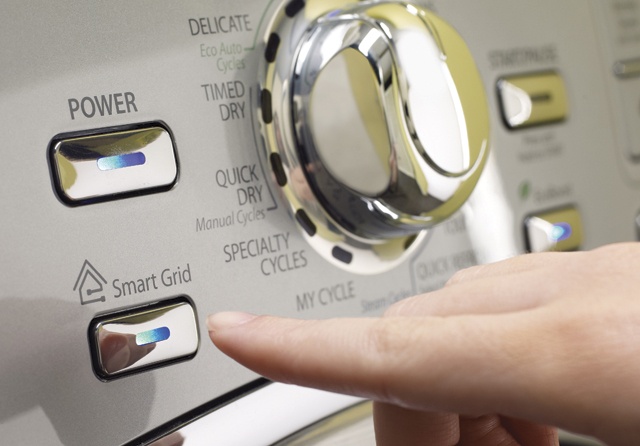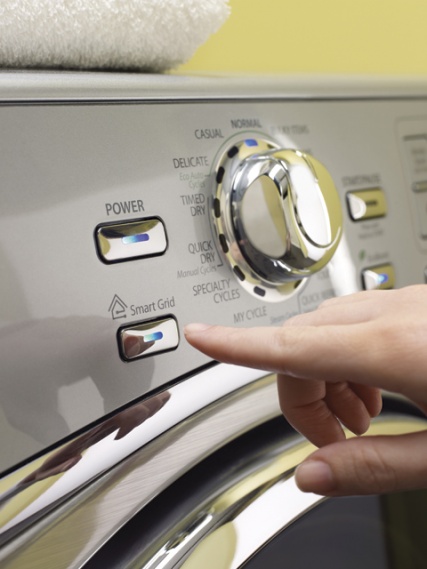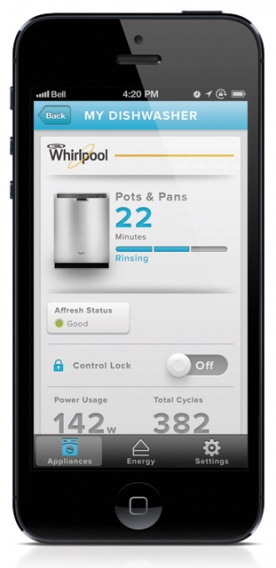Smart appliances” promise consumers greater control of home energy costs while giving electric co-ops a way to bolster energy-saving programs. Although not-for-profit electric cooperatives are at the forefront of testing these devices, smart appliances have a long way to go before they will be a useful addition to modern life.
First of all, what makes an appliance “smart”? Manufacturers are beginning to add communications modules to some appliances, such as dishwashers, as well as in-wall outlets, that can use wireless Internet capabilities to send and receive simple messages from a connected home energy network.
Through these networks, you can monitor energy consumption, turn devices on and off, and change the setting on your thermostat.
Limited Approach
Limited applications of home energy networking give consumers access to detailed information about their monthly electricity use. Data is collected and provided to the consumer via an in-home display or password-protected website. Enhanced information and graphs may also be included. Demonstrations of limited-capability systems have consistently resulted in energy savings of between 6 and 11 percent. Your electric co-op may also be able to suggest further energy-saving opportunities specific to the consumer’s home, appliances and electricity use.
Basic Applications
Basic home energy networks provide consumers with the same detailed information and offer increased control over HVAC systems and major appliances to take advantage of time-of-use pricing. With time-of-use rates, the cost for electricity varies according to the time when it’s used. Consumers also gain the ability to set home comfort levels and operating preferences remotely via a mobile app and optimize performance under available rate options.
Such basic systems have been shown to shift energy use out of peak periods and reduce a consumer’s demand by as much as 50 percent. However, if a consumer does not pay attention to grid signals that alert to higher or lower electric rates, he or she could end up paying more for power.
Advanced Applications
Home energy networking becomes most attractive when configured to both minimize a consumer’s bill and a co-op’s underlying cost of service. These advanced applications incorporate a variety of devices, ranging from simple in-home displays and websites to advanced apps on a smartphone or tablet.
——————–
Brian Sloboda is a program manager for the Cooperative Research Network.




